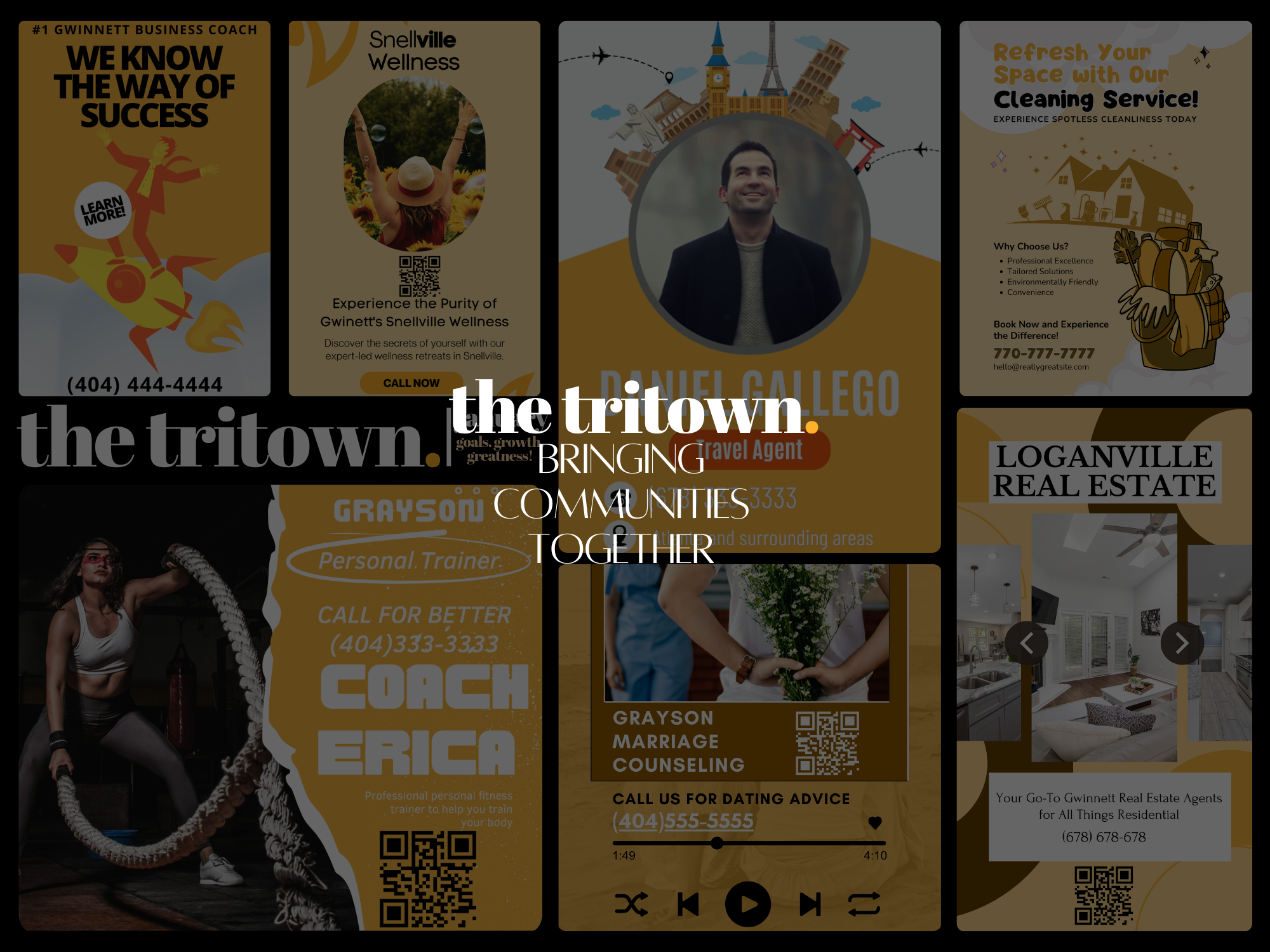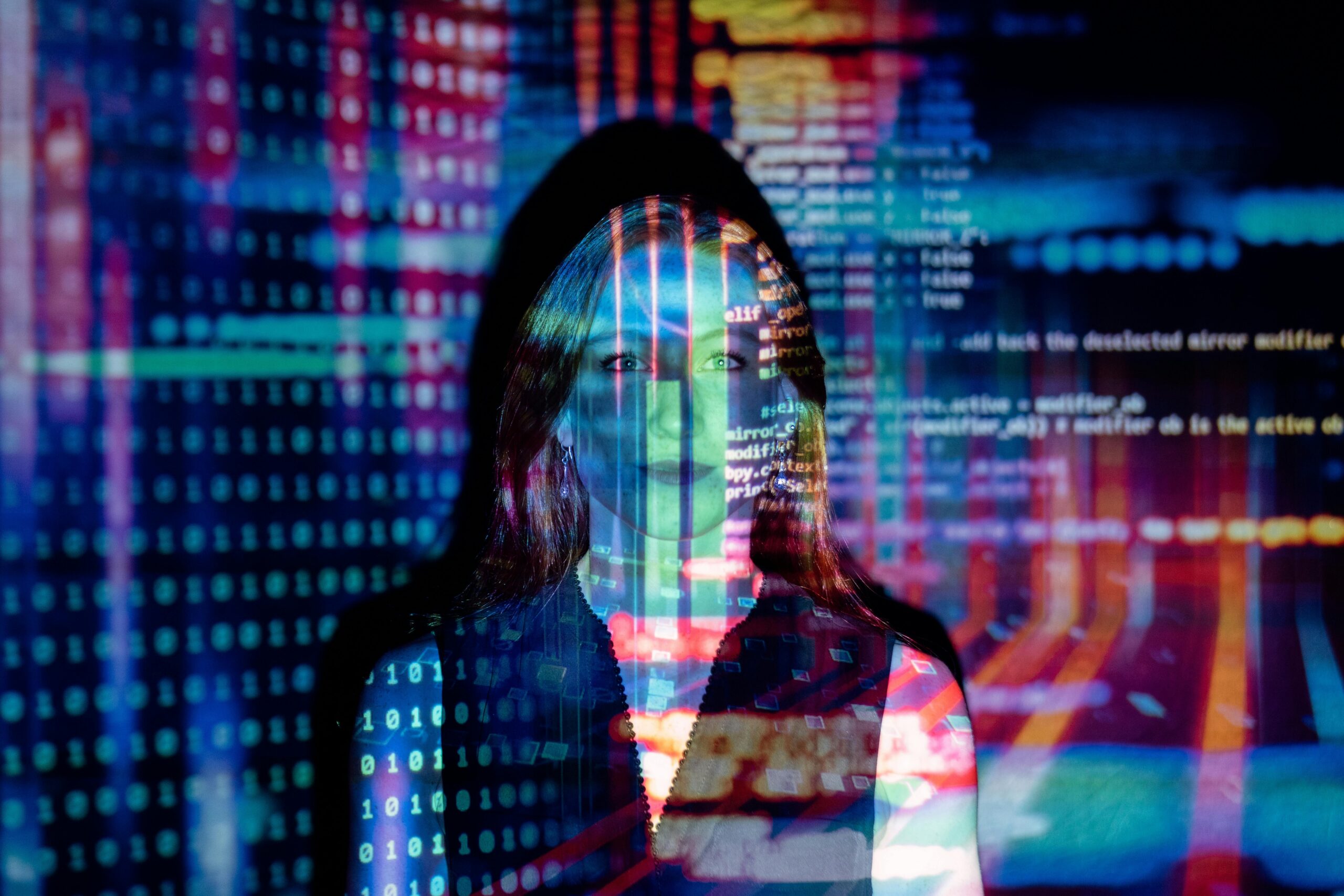
As technology progresses, AI tools are becoming powerful resources for filmmakers and content creators, streamlining workflows, opening creative possibilities, and making high-quality production more accessible.
Here are five ways you can use AI to your advantage in film making and content creation.
1. Automating Video Editing
AI-powered editing tools, like Adobe Sensei and Descript, can save time by automating repetitive editing tasks.
These tools can intelligently cut footage, adjust lighting, stabilize shaky shots, and even transcribe audio, making the editing process much faster.

AI also offers scene detection, automatically organizing shots based on the action, facial recognition, or color, allowing editors to focus more on the creative aspects.
How It Helps: Speeds up the editing workflow, allowing you to focus on creative decisions rather than tedious edits.
2. Script writing and Story boarding Assistance
AI tools like ChatGPT and Jasper can assist with generating script ideas, developing dialogue, or outlining story structures.
While AI won’t replace a writer’s creativity, it can provide a strong starting point or suggest new plot directions, helping overcome writer’s block.

Additionally, platforms like ShotDeck use AI to help generate shot ideas and references, enabling faster visualization during pre-production.
How It Helps: Provides ideas and suggestions, making the scriptwriting and pre-production phases more efficient.
3. Enhancing Visual Effects (VFX)
AI has opened up new possibilities in visual effects.
Tools like Runway and DeepMotion use AI to create realistic CGI, rotoscoping, and green screen effects without extensive equipment or large teams.

With AI-driven VFX tools, you can achieve effects like character replacement, scene changes, and even style transfers, blending scenes with unique textures or filters to match your vision.
How It Helps: Makes high-quality VFX accessible to smaller teams, allowing for visually engaging projects on a budget.
4. Generating Realistic Voiceovers and Dubbing
AI voice generation tools, such as ElevenLabs and Respeecher, can create realistic voiceovers and dubbing without needing to book voice actors for every iteration.

You can choose from various voices or even clone voices (with permission) to create consistent and natural audio for projects, a huge benefit for content creators working on multiple projects or needing quick turnarounds.
How It Helps: Saves time and budget, especially in projects requiring multilingual dubbing or narration with consistent quality.
5. Audience Analysis and Predictive Content Optimization
AI-driven analytics platforms like IBM Watson and Vidooly can analyze audience behavior, providing insights into viewer preferences, trending topics, and even optimal release times for content.
By understanding what audiences respond to, creators can tailor their content more effectively.

Additionally, predictive analytics can suggest themes, keywords, or genres likely to perform well, helping content resonate more and gain traction.
How It Helps: Enables data-driven decision-making, improving your content’s appeal and engagement with target audiences.

These tools are reshaping how filmmakers and creators like us approach production, creativity, and audience engagement.
By incorporating AI into our workflows, we can achieve higher efficiency, increased flexibility, and new creative opportunities that bring our visions to life in ways you may not have imagined.


